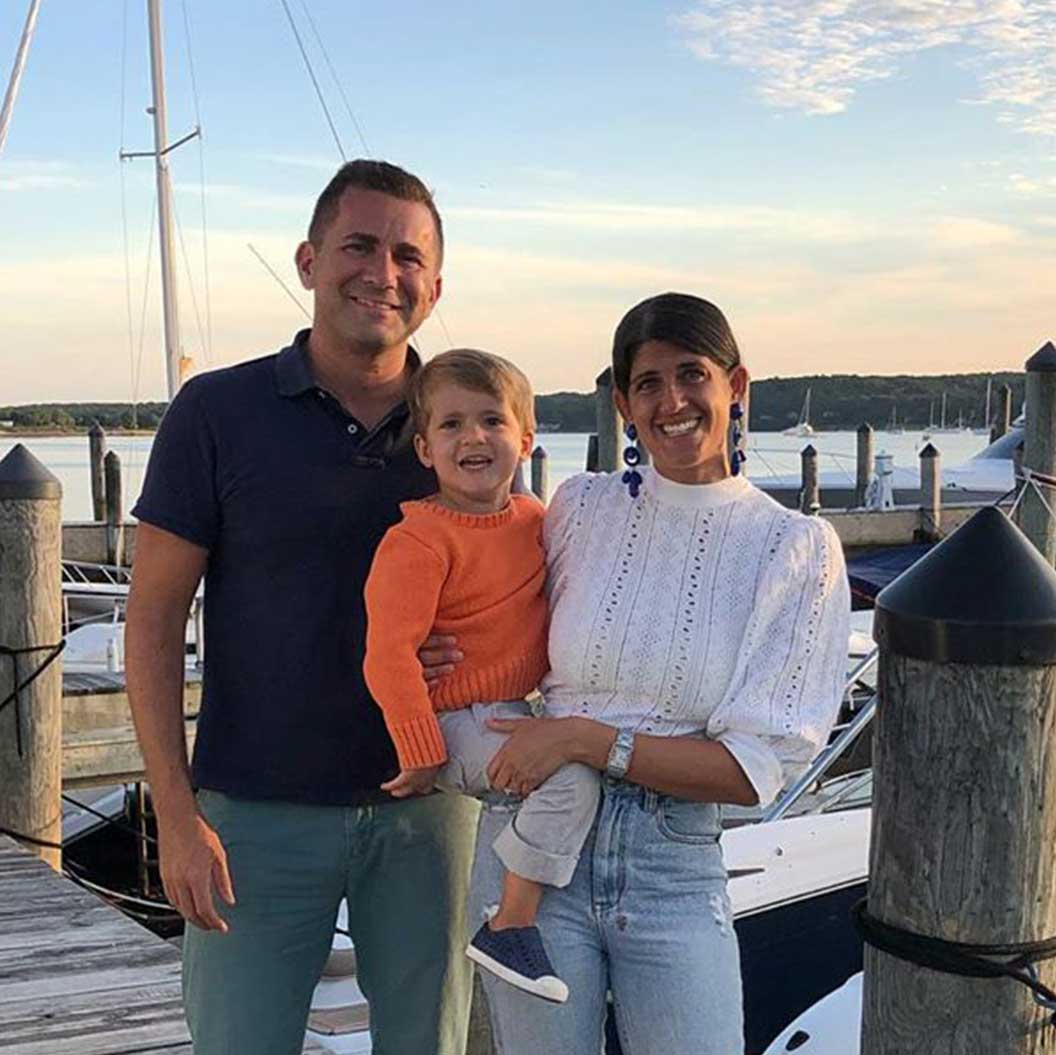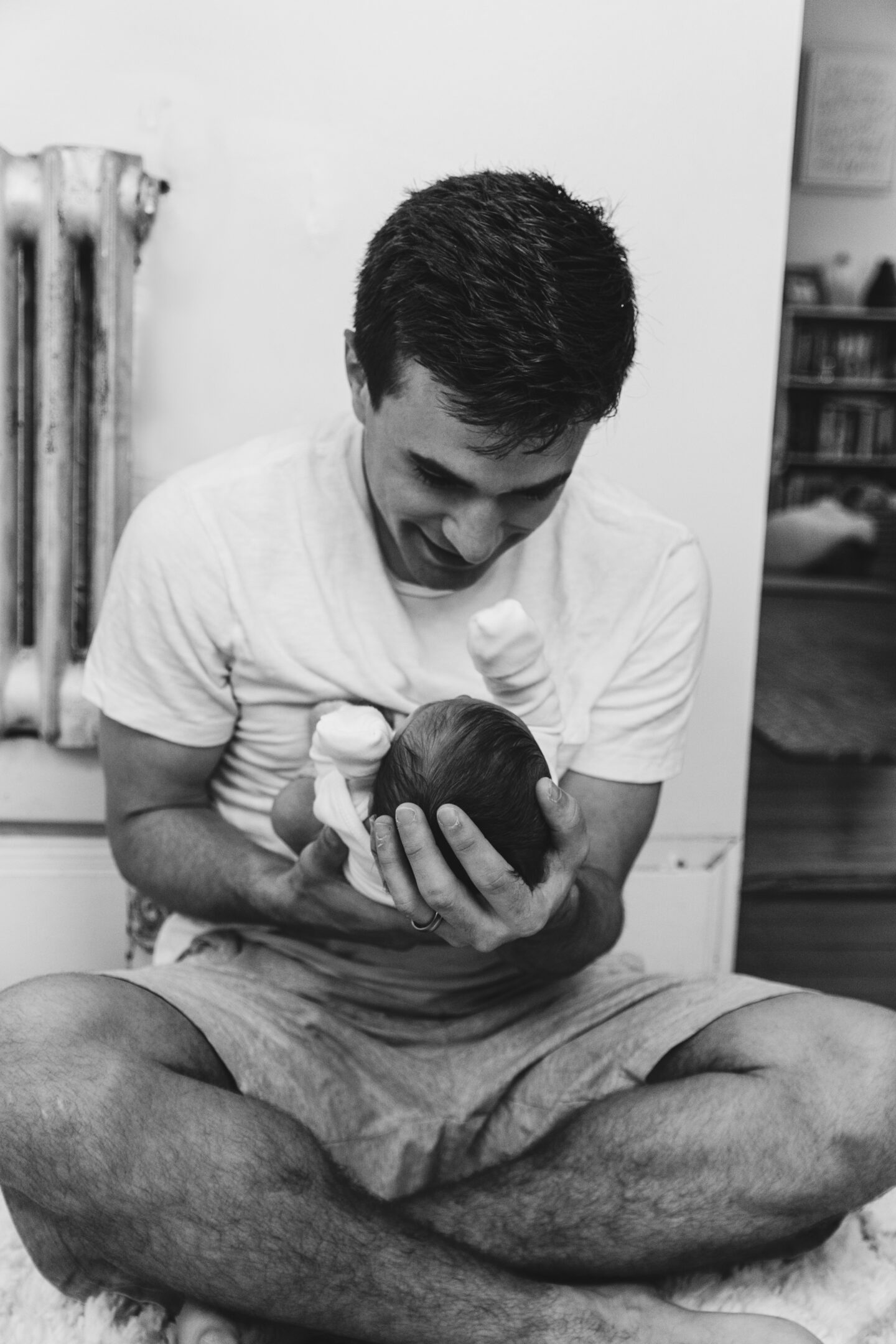Conceiving our only child was firstly an exercise in extreme privilege — the doctor’s appointments you couldn’t get without recommendations from fellow “Upper East Side Mommas,” the out-of-network-out-of-pocket-out-of-this-universe bills — and secondly an exercise in endurance, agility, and humility. Our conception path looked something like this: We tried the old fashioned way for about a year. Such fun! Until it wasn’t. Then I peed on ovulation predictor sticks and did post-coital headstands. I took fertility drugs. We tried Intrauterine Insemination (my husband’s emphatic review: “Wow, porn on Apple TV!”). Twice.
In vitro fertilization consisted of me sticking myself with various needles in various places for two straight months, including directly into the bum to keep my progesterone levels up until they stabilized, while my uncommonly supportive husband chanted “Shots! Shots! Shots!,” a former party couple’s fertility anthem. Miracle of miracles, we were blessed with Teddy, and years of pain and frustration melted away in minutes. Our son amazed us at every turn – sleep training himself at nine weeks, potty training himself at two and a half, teaching himself the subway system at three. We needed another!
Planning for a much-wanted second child, we knew we had a long road ahead, if the road behind us was any indication. After two failed embryo transfers, we agreed to take a beat and hold onto our final precious fertilized egg until the stars aligned. In the fall of 2019, we became pregnant with the last remaining embryo. I cried hot tears of joy in my office stairwell when the nurse called to deliver the news.

All photos courtesy of Tracey Lomrantz Lester
Ten rollercoaster weeks later, with my regular reproductive endocrinologist on vacation and my husband at home tending to Teddy’s morning oatmeal, a doctor I’d met thirty seconds earlier informed me there was no heartbeat on my ultrasound. “Sorry,” she said. “It’s just…what we’re supposed to see and hear…it isn’t there.” If you’ve ever sat naked on a wee-wee pad while a stranger tells you to schedule an appointment to remove your no-longer-viable pregnancy, you know what a special kind of garbage that is.
I was simultaneously despondent and anesthetized, at once in a state of shock and yet quasi-emotionally prepared for the miscarriage I suddenly deemed inevitable. My husband brought me to the D&C in a trance, watching me robotically sign the paperwork and change into my little surgical socks like some kind of yuppie zombie. We went home and I took a four hour nap, wishing it all away with the restorative power of sleep.
Two weeks later, I lost my grandmother. Two weeks after that, I lost my sexy startup job, along with the team I’d hired away from jobs they’d loved. This series of stinging losses culminated in early March with the ultimate humbling act—moving in with my generous mother-in-law, as our two-bedroom city apartment became uninhabitable with a rowdy three-year-old in the midst of a global pandemic.
During the early days of quarantine, Teddy went to Zoom nursery school and collected sticks in the backyard and made pancakes with his grandmother while we tried to figure out how to keep our dreams of expanding our family moving forward. Being totally isolated in a beach town in late winter made us wish for a sibling for Teddy more than ever, a lifelong playmate who could help keep him company with kid energy, rather than rotating hourly between entertaining him and working and trying to keep our scrambled heads on straight.
I was simultaneously despondent and anesthetized, at once in a state of shock and yet quasi-emotionally prepared for the miscarriage I suddenly deemed inevitable.
We did the math on continuing fertility treatments from every angle and it wouldn’t add up, given the economic instability throughout the world and within our own home. I was newly struck with just how privileged we’d been to pursue IVF the first time. While information and medical access is inequitable to say the least, the financial burden is by far the most prohibitive. At this point in my life, I was cobbling together a living with several simultaneous consulting gigs I was lucky to have, making our disposable income a record scarcity. Even if we had $20,000 to spare, non-essential doctors’ offices were shuttered for the foreseeable future, pushing any possibility of re-starting the IVF process into “if” not “when” territory. With my 39th birthday on the horizon, we were forced to evaluate our options under the most unforgiving microscope imaginable. A second child suddenly seemed like a serious longshot.
Knowing that it’s far more productive to count blessings than grievances, I took stock of my situation. Our would-be due date was approaching just as New York was in the worst days of new coronavirus cases, when hospitals were painfully overcrowded and had briefly prohibited partners from being in the delivery room. I felt relieved we wouldn’t have to go through that. Then I reminded myself of just how many other things I still had to be thankful for: Teddy, of course; his old soul and its uncanny ability to understand when someone needs a quiet hug, his utter joy at being locked up with his parents for three straight months, his incredible father and my incredible husband, his healthy grandparents and a comfortable place to protect our family outside of the crowded city.
Then there were the benefits of having an only child: Jetting to Spain on a summer holiday would be significantly easier with just one small person in tow. Knowing I was past pumping and 3am wake-ups was a bright spot. Raising a son with notably adult conversation skills made both of us word nerds smile. Yet if I were being honest, I truly wanted— and still want—more. I secretly still believe with my whole heart, each and every month, that this is the miracle cycle we conceive a viable pregnancy on our own. I continue to come to terms with our likely reality, but I remain hopeful. Getting pregnant against all odds is kind of like winning the lottery, and hey, you never know.




